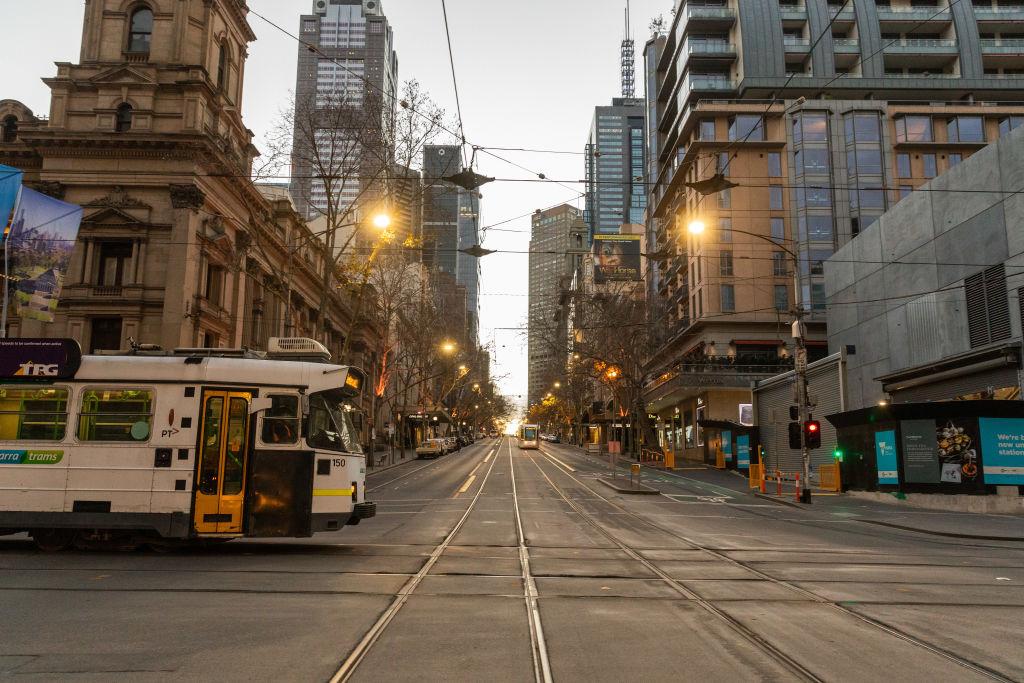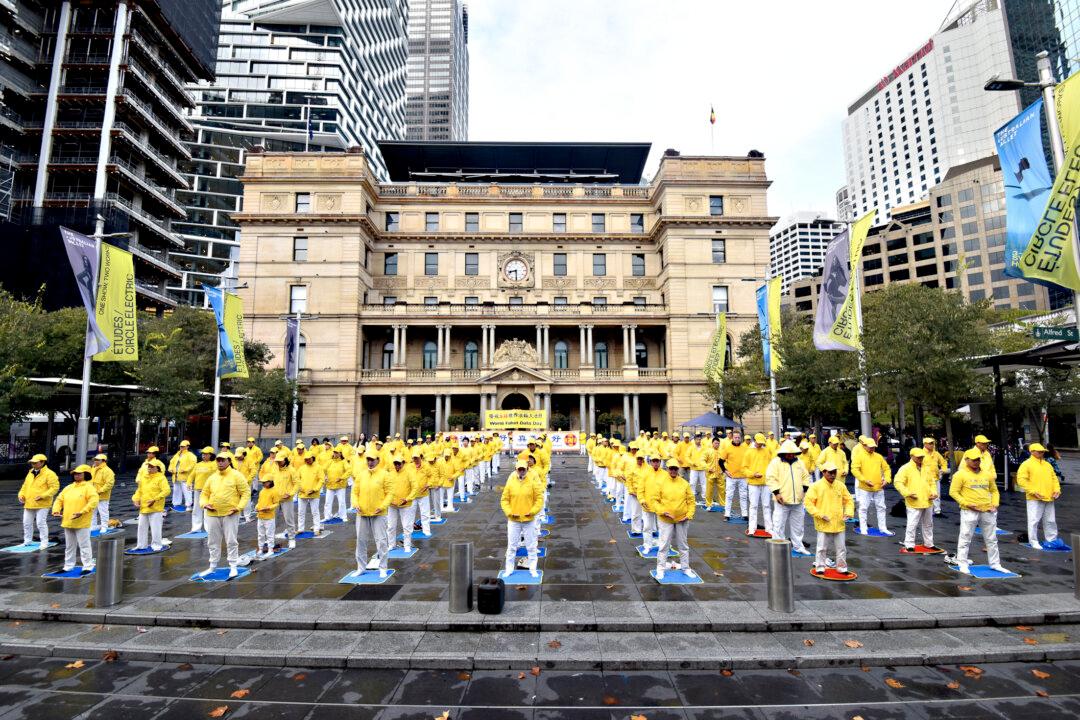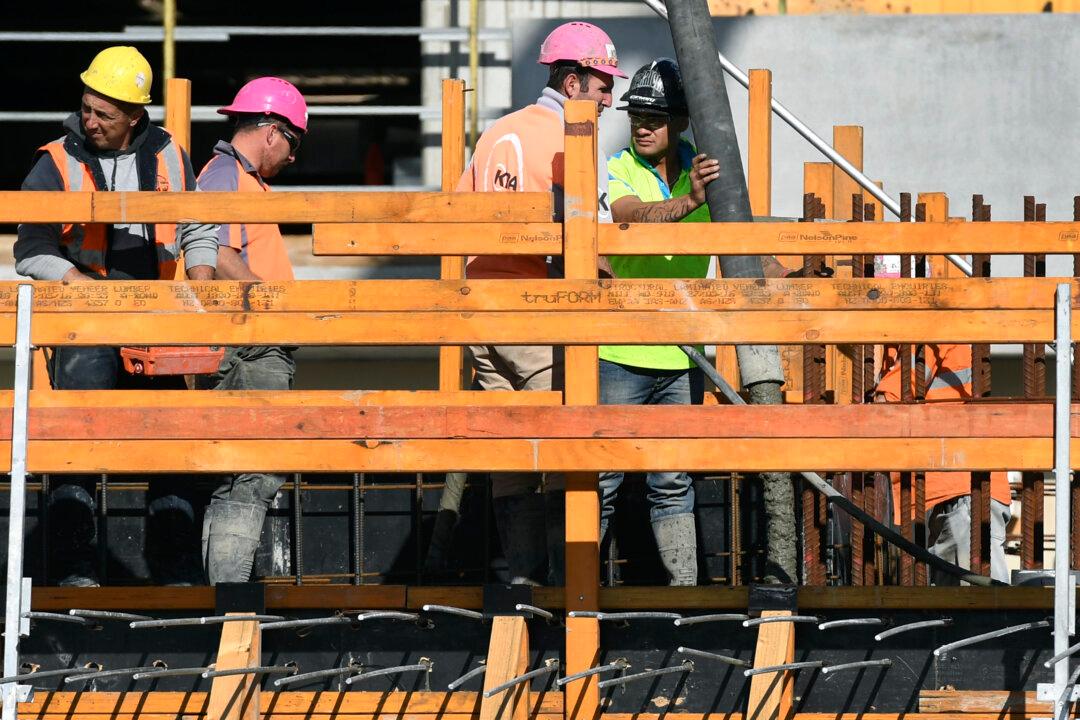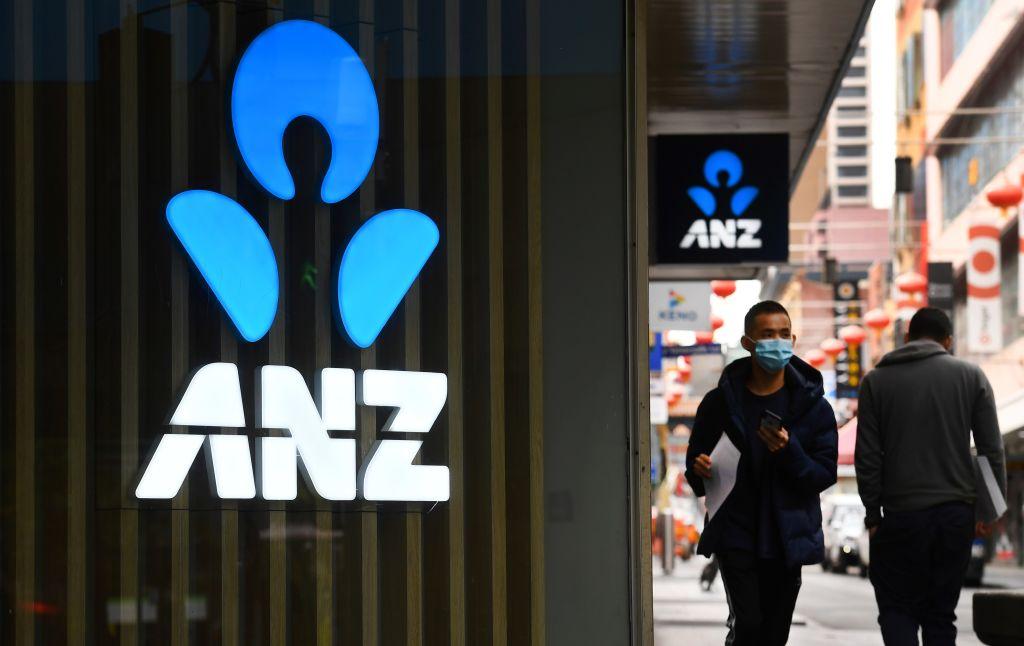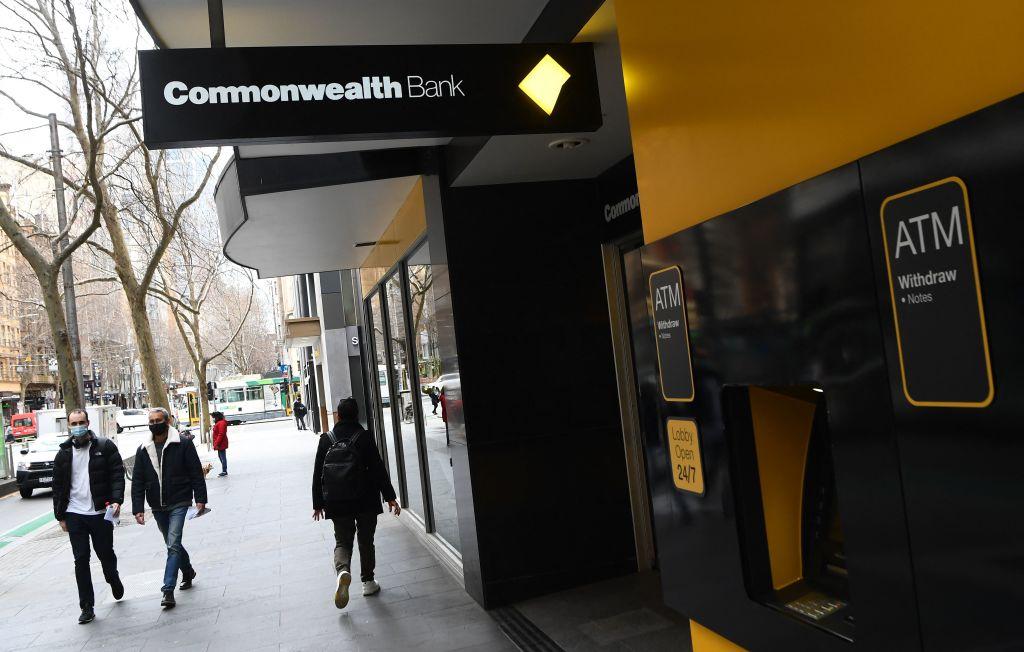August has seen the addition of 11,000 jobs across Australia, bringing the unemployment rate down to 6.8 percent from a 22-year high of 7.5 percent in July, according to the Australian Bureau of Statistics (ABS) figures released on Sept. 17.
The employment to population ratio increased by 0.5 percent in August to 60.3 percent, with the number of the unemployed edging down below one million.
